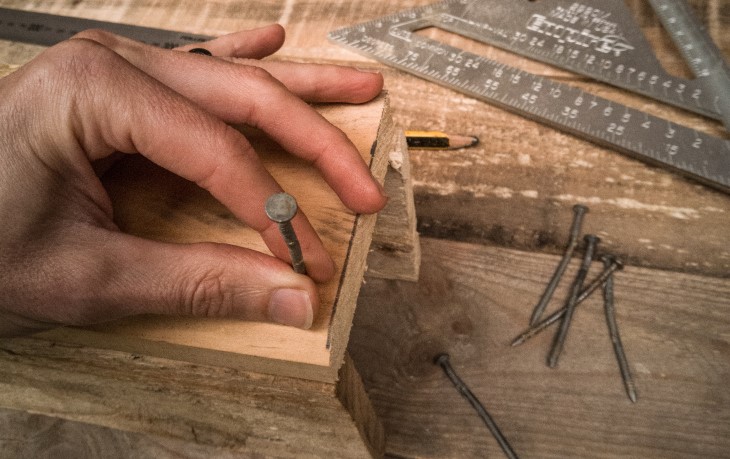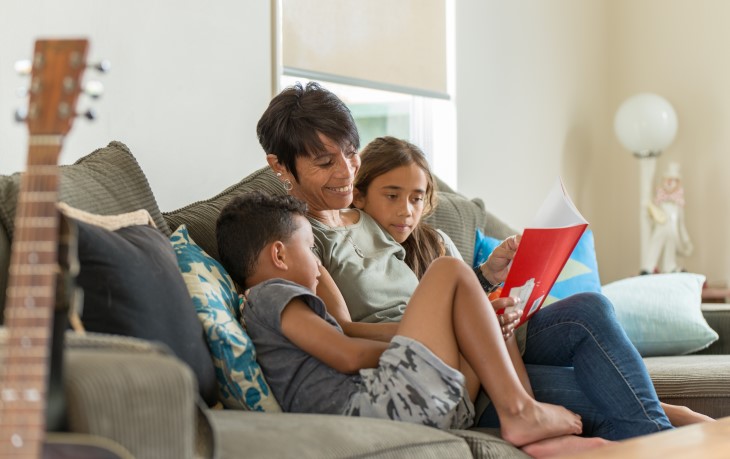Catching up on DIY during bubble life
More injuries happen in the home than anywhere else in New Zealand, making the next few house-bound weeks a critical time to take special care of each other.
The home is the most dangerous place in New Zealand, according to the volume of injuries that happen there each year.
Gardening, DIY and other home-related activities make it more hazardous than the workplace, our roads, and even the places we play sport. In 2019 more than 1.3 million injuries occurred in and around the home, with gardening and DIY activities accounting for 96,782 of those claims.
It's possible we'll see that number rise in 2020 with more people at home in self-isolation, but with a few simple measures, you can avoid a DIY-related injury.
We want to remind people of simple ways to prevent injuries at home, and reduce the strain on healthcare workers at this unprecedented time.
Our Head of Injury Prevention, Isaac Carlson, says many accidents in the home happen simply because people are rushing.
"Most injuries that occur around the home can be easily prevented by simply slowing down and stopping to assess the risks.
"With many people setting up home offices and learning areas, there might be more power cords in new places around the house. Take some time to become aware of potential tripping hazards."
Keep power cords away from walkways, and if you can't do that, tape them to skirting boards so people don't trip over them.
Staying safe while catching up on DIY

You might be taking this opportunity to do some odd jobs around the house and garden. Before digging in, make sure you're still taking these steps to be safe:
- use all the safety gear you normally would, such as closed shoes and protective eyewear
- keep in mind that children might be around more than normal. Make sure someone is still supervising the kids, and keep tools and sharp objects out of reach
- if you're getting up on a ladder, make sure it's angled correctly and on a firm surface. Keep three points of contact on ladders (eg two feet and a hand)
- using this time to paint the deck or re-finish furniture? Make sure you're keeping paints, sprays, chemicals and solvents with the lids on when you're not using them, and they're not within kids' reach.
We're all adjusting to a new way of working, studying, and living within our own homes. Take the time to slow down, look out for you whānau and be gentle on yourselves.
More tips for avoiding accidents at home
Check out a couple of our guides for more tips on how to stay safe at home:
Safety begins at home – Guide to keeping family, friends and whanau safe at your place




